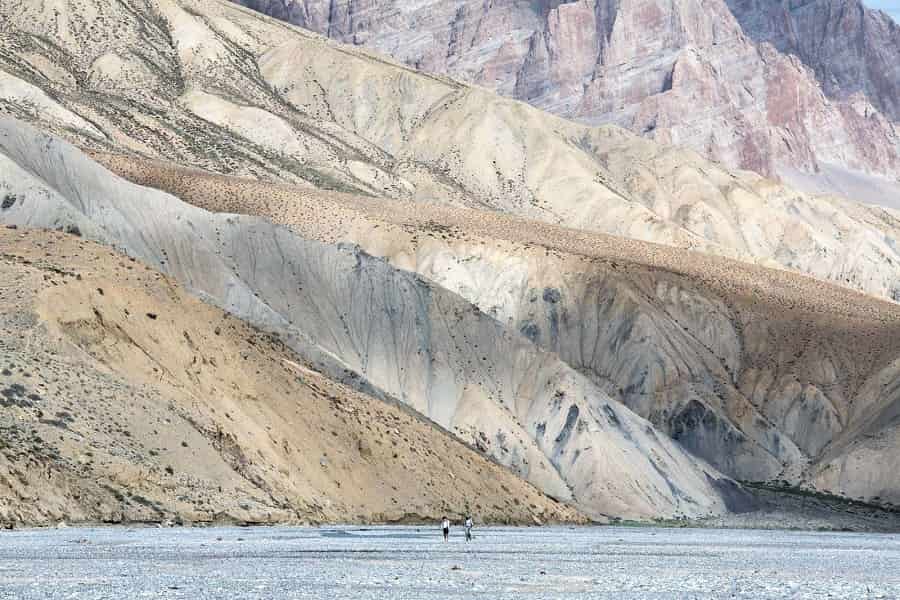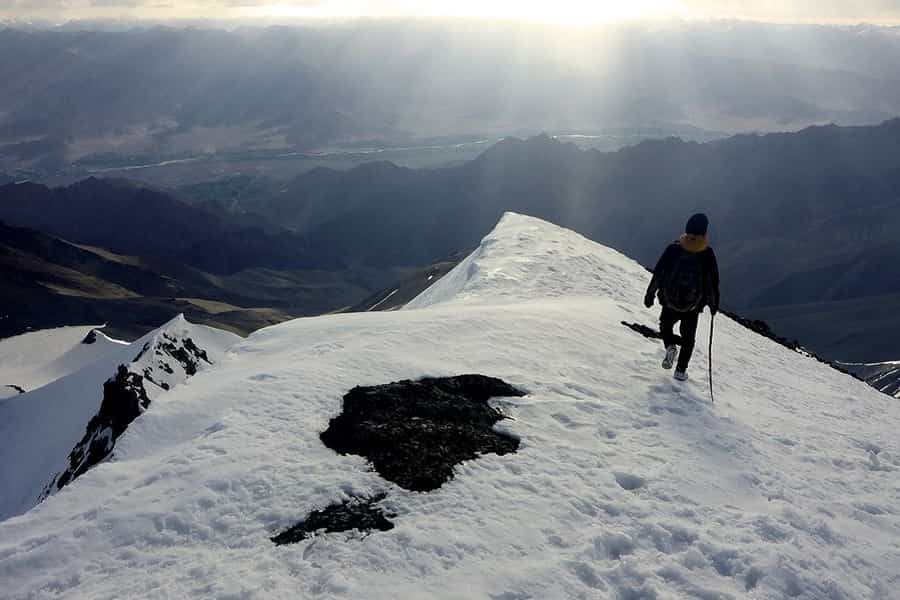Mountaineering in Ladakh
Ladakh, nestled in the northernmost part of India, is a paradise for adventure seekers, especially mountaineers. With its rugged terrain, majestic peaks, and awe-inspiring landscapes, Ladakh offers a unique and thrilling mountaineering experience. In this article, we will explore the enchanting world of mountaineering in Ladakh, covering everything from popular peaks and routes to preparation, safety measures, and the cultural and natural highlights of this region.
Mountaineering Scene in Ladakh
Ladakh boasts a remarkable range of mountains that attract mountaineers from around the globe. Peaks like Stok Kangri, Kang Yatse, and Nun-Kun are among the favorites for mountaineering enthusiasts. These peaks provide a challenging yet rewarding experience for climbers of various skill levels. However, it’s important to note that mountaineering in Ladakh requires proper planning, physical fitness, and technical expertise due to the high altitudes and unpredictable weather conditions.
Preparation and Training for Mountaineering in Ladakh
Before embarking on a mountaineering expedition in Ladakh, it is essential to prepare both physically and mentally. Regular physical training focusing on cardiovascular endurance, strength, and flexibility is crucial. Additionally, acclimatization plays a vital role in adjusting to the high altitudes of Ladakh and preventing altitude sickness. It is recommended to spend a few days in Leh, the capital of Ladakh, to acclimatize before starting any strenuous activities.
Moreover, mountaineering in Ladakh demands technical skills such as ropework, ice climbing, and glacier travel. Familiarity with mountaineering equipment like crampons, ice axes, harnesses, and helmets is essential. Joining a mountaineering course or hiring a certified guide can provide valuable training and guidance for a safe and enjoyable expedition.
Best Time for Mountaineering in Ladakh
The weather and climatic conditions greatly influence the feasibility of mountaineering in Ladakh. The ideal time for mountaineering is during the summer months, from May to September, when the weather is relatively stable and the snow starts to melt, allowing better access to the peaks. However, it’s important to keep an eye on the weather forecasts and consult with local experts before planning any expeditions, as conditions can change rapidly in the mountains.
Popular Mountaineering Routes in Ladakh
Ladakh offers a plethora of exhilarating mountaineering routes, each with its own unique characteristics and challenges. Here are three popular routes for mountaineering in Ladakh:
Nun and Kun Peaks
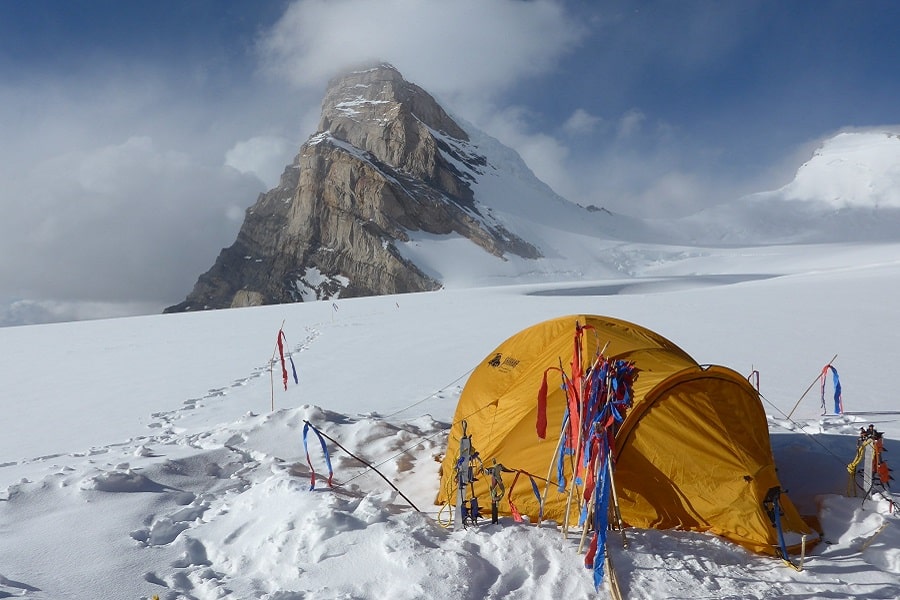
Nun and Kun Peaks, located in the Zanskar Range, are two of the highest peaks in the region. Nun Peak stands at an impressive height of 7,135 meters (23,409 feet), while Kun Peak reaches 7,077 meters (23,218 feet). Climbing these peaks requires technical skills and mountaineering expertise, offering an unparalleled experience to those who dare to conquer them.
Suggested Mountain Expeditions
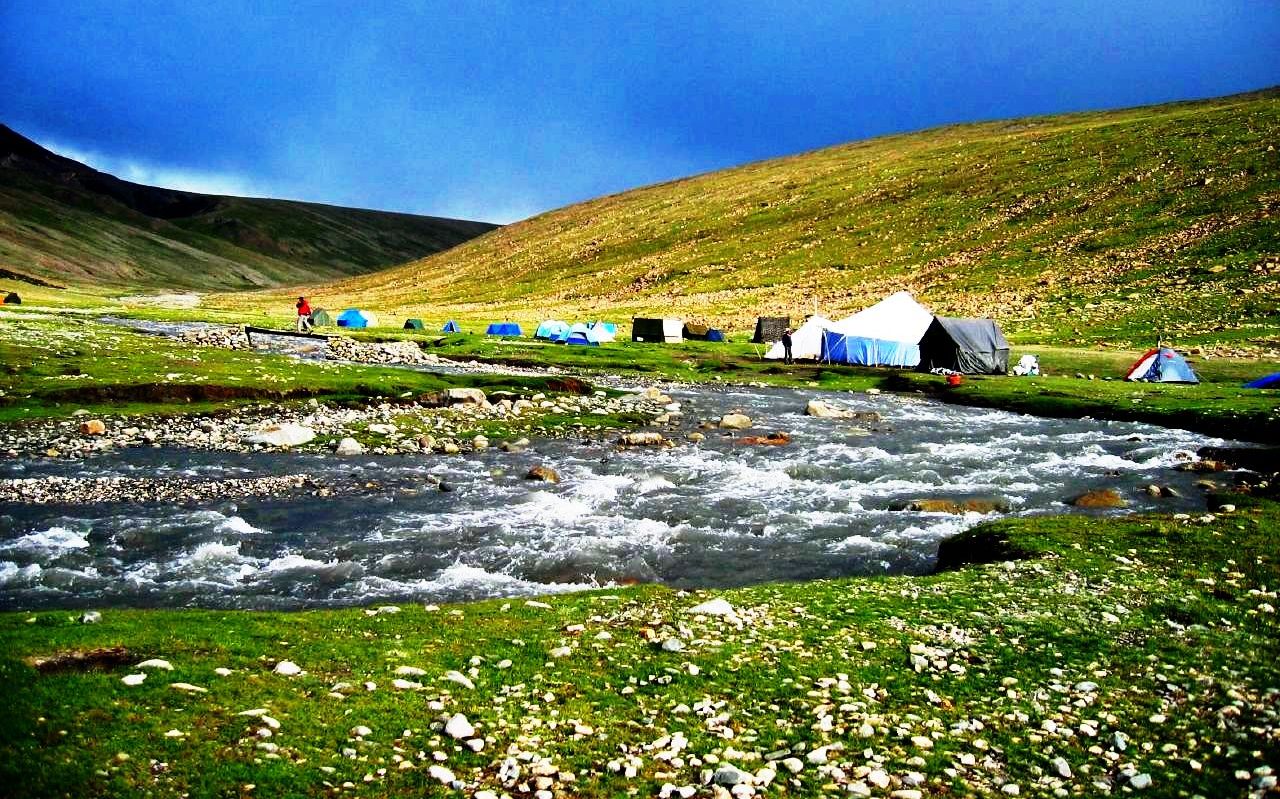
The Markha Valley trek is not only a trekking paradise but also a gateway to some stunning peaks in Ladakh. The route passes through remote villages, high-altitude pastures, and barren landscapes, offering a diverse and picturesque experience. The climb to Kang Yatse, a 6,400-meter peak, is a highlight of this trek, attracting experienced climbers seeking a challenging ascent.
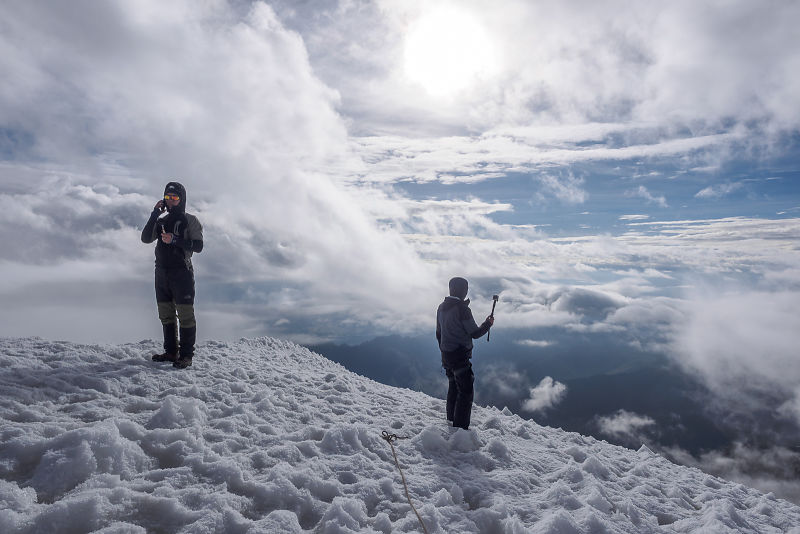
Stok Kangri, towering at an elevation of 6,153 meters, is one of the most popular peaks for mountaineering in Ladakh. The expedition involves trekking through scenic valleys, crossing glaciers, and navigating steep slopes. The climb to the summit requires physical endurance and basic mountaineering skills, making it a thrilling adventure for both amateur and seasoned climbers.
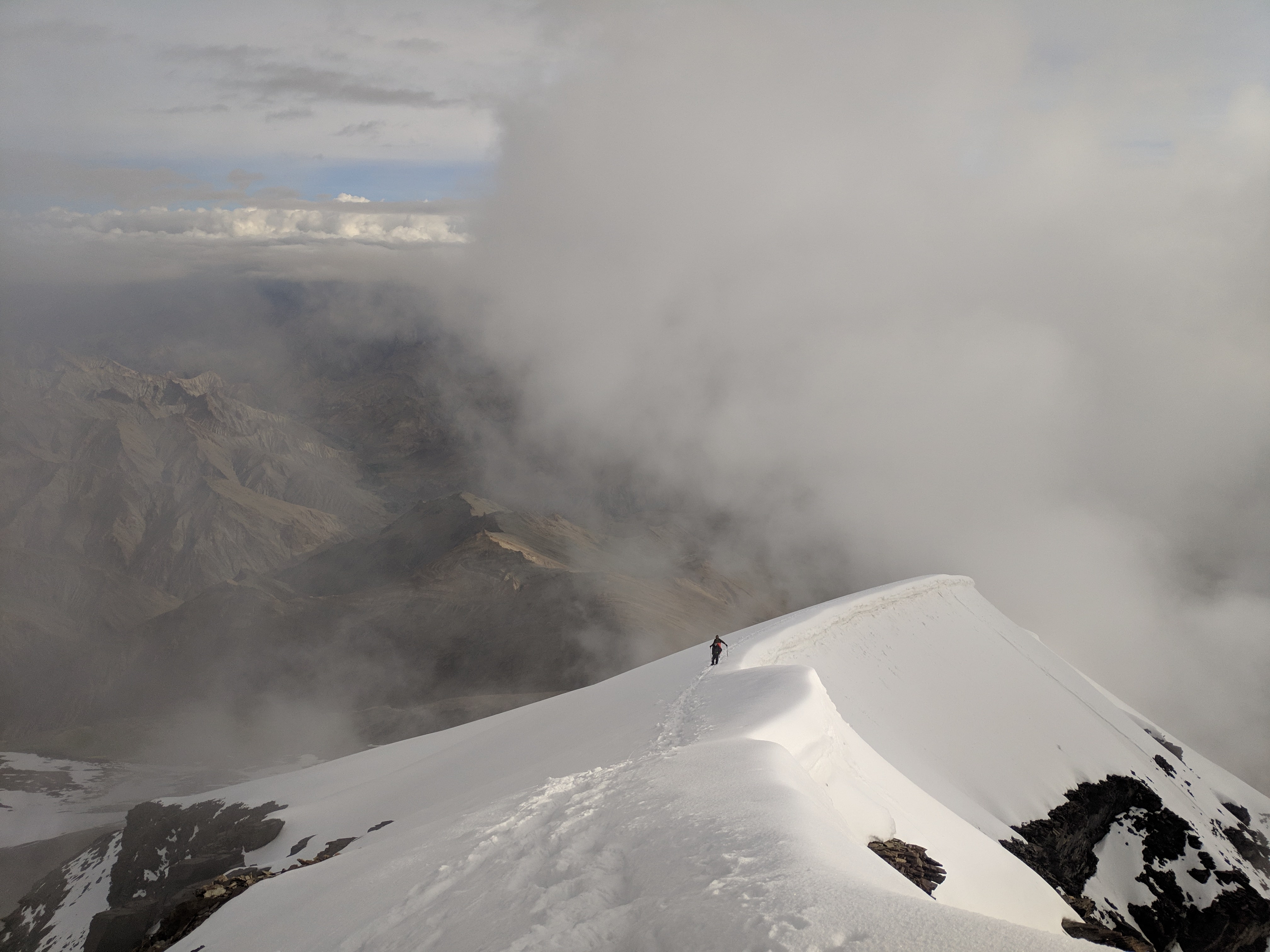
The Kang Yatse trek combines the beauty of the Markha Valley with the challenge of summiting the magnificent Kang Yatse peak. With an altitude of 6,400 meters, it offers breathtaking views of the surrounding Himalayan ranges. The trek involves traversing diverse terrains, including river crossings, high passes, and glaciated valleys, providing an unforgettable mountaineering experience.
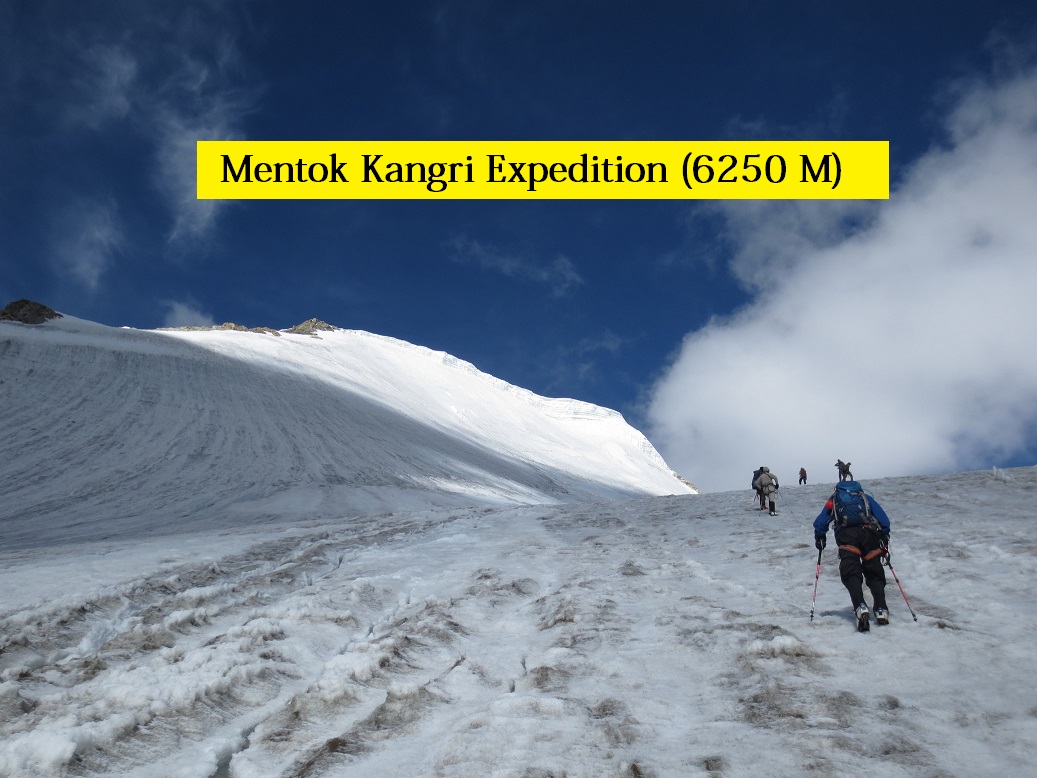
Nestled in the Ladakh Range, Mentok Kangri is a prominent peak standing at an elevation of 6,250 meters (20,505 feet). Known for its striking beauty, this mountain offers a challenging yet rewarding climb. As you ascend Mentok Kangri, you’ll be captivated by the panoramic vistas of the surrounding landscapes, including lush valleys and snow-capped peaks.
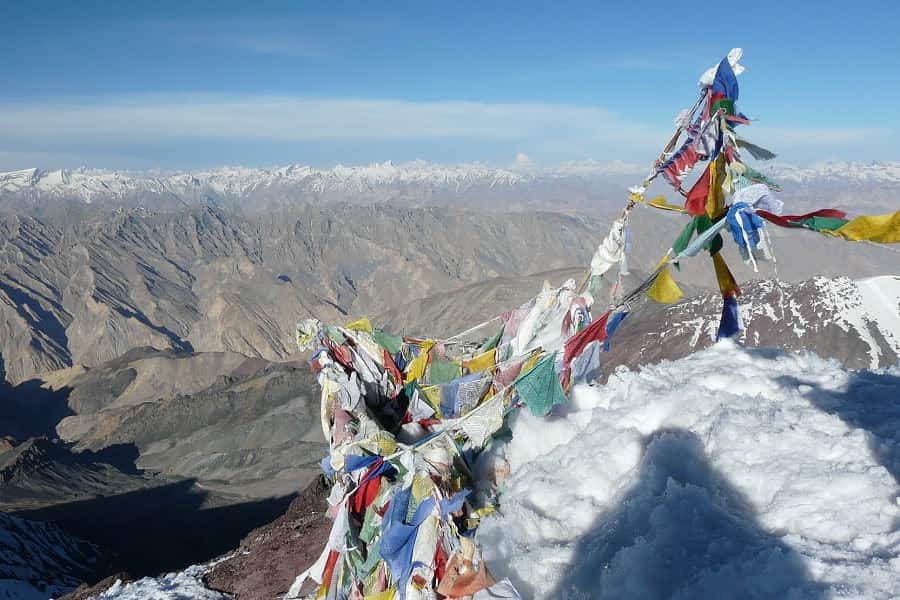
Matho West, situated near the Matho village, is a captivating mountain with an elevation of 5,890 meters (19,320 feet). It provides an excellent opportunity for intermediate climbers to test their skills and push their limits. The climb to Matho West offers stunning views of the Indus Valley and the enchanting landscapes of Ladakh.
Lungser Kangri
Located in the Changthang region, Lungser Kangri is one of the highest peaks in Ladakh, reaching an altitude of 6,666 meters (21,872 feet). This challenging climb attracts experienced mountaineers who seek a thrilling adventure in the midst of untouched natural beauty. Scaling Lungser Kangri rewards climbers with panoramic views of the surrounding peaks and the serene Pangong Tso Lake.
Chamser Kangri
Heading east of Leh, Chamser Kangri is a challenging peak situated in the Rupshu Valley. With an altitude of 6,740 meters (22,113 feet), it provides mountaineers with an exciting adventure amidst the barren landscapes of Ladakh. The climb to Chamser Kangri offers stunning views of the surrounding valleys and snow-capped mountains.
Zanskar Range
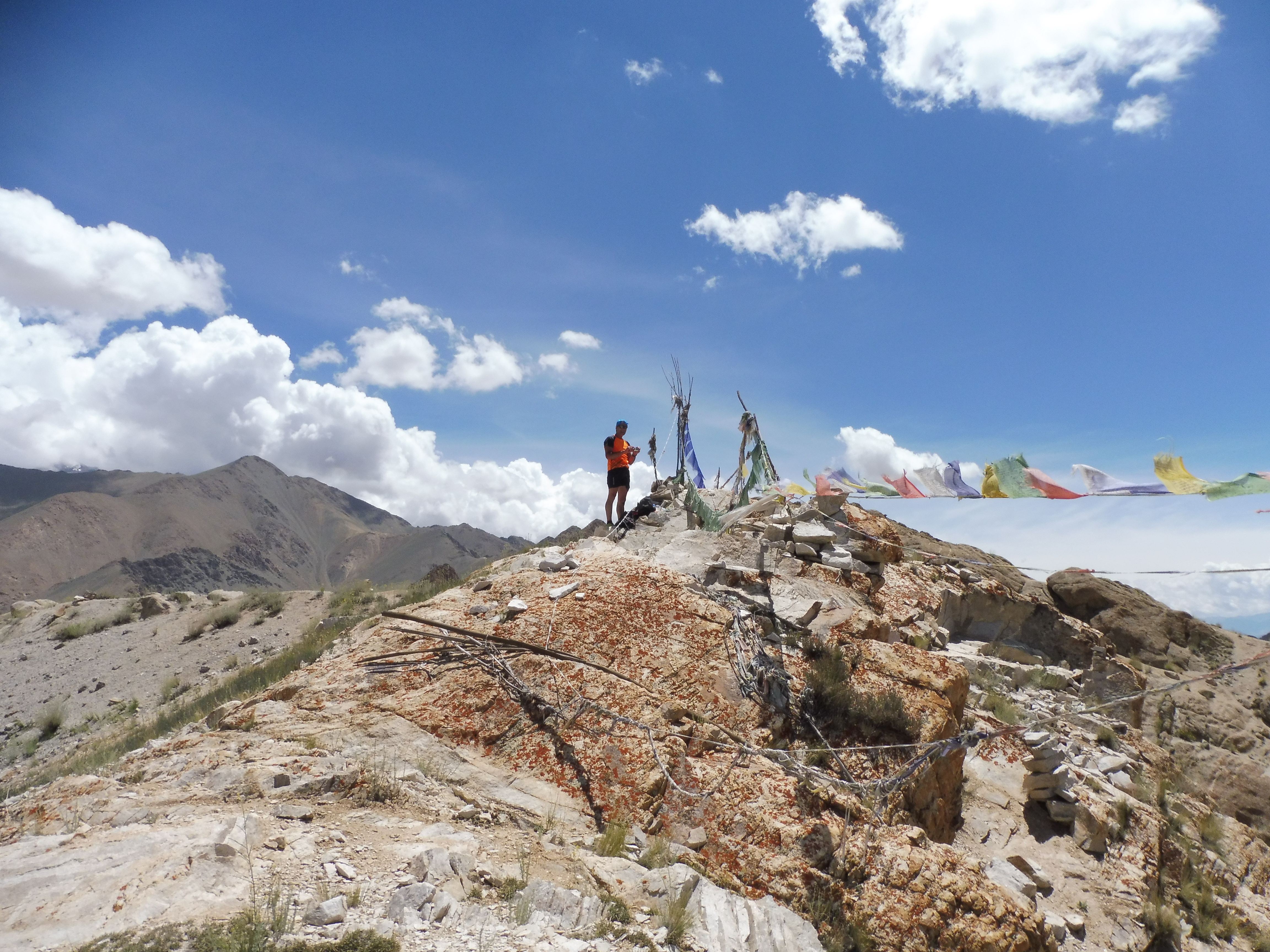
The Zanskar Range in Ladakh is a mountaineer’s paradise, encompassing numerous challenging peaks and untouched landscapes. This range is home to several notable peaks, including the mighty Nun, Kun, and other awe-inspiring summits. Exploring the Zanskar Range allows mountaineers to immerse themselves in the raw beauty and ruggedness of Ladakh’s mountainous terrain.
Essential Tips for Mountain Climbing in Ladakh
When embarking on a mountain climbing adventure in Ladakh, it is crucial to keep certain factors in mind to ensure a safe and successful expedition. Here are some essential tips:
Acclimatization
Due to the high altitude and thin air in Ladakh, acclimatization is crucial to prevent altitude sickness. Take your time to adjust to the altitude by spending a few days in Leh or other lower-altitude areas before attempting any climbs. This allows your body to adapt gradually and reduces the risk of altitude-related health issues.
Physical Fitness
Mountain climbing in Ladakh requires a good level of physical fitness. Engage in regular exercise and endurance training before your expedition to strengthen your cardiovascular system and build stamina. Focus on activities such as hiking, running, and strength training to prepare your body for the challenges ahead.
Proper Gear and Equipment
Invest in high-quality mountaineering gear and equipment that is suitable for Ladakh’s challenging conditions. This includes sturdy hiking boots, layered clothing for varying weather conditions, a waterproof jacket, gloves, sunglasses, a hat, and a reliable backpack. Don’t forget to carry essential safety equipment, such as a helmet, harness, ropes, and crampons, if necessary.
Weather Conditions
Ladakh experiences extreme weather conditions, with temperatures ranging from extremely cold in winters to hot in summers. Check the weather forecast before your climb and pack accordingly. Be prepared for sudden weather changes and ensure you have adequate protection against cold, wind, and rain.
Guided Expeditions
For a safe and well-guided climbing experience, consider joining a guided expedition led by experienced mountaineers or reputable mountaineering companies. They provide knowledgeable guides who are familiar with the terrain, offer necessary support, and prioritize safety during the climb. Going on a guided expedition ensures that you have expert assistance and reduces the risks associated with mountain climbing.
Safety Measures and Precautions
While mountain climbing in Ladakh can be an exhilarating adventure, it’s essential to prioritize safety. Here are some safety measures and precautions to keep in mind:
Altitude Sickness
Altitude sickness, also known as acute mountain sickness (AMS), can affect climbers at high altitudes. To minimize the risk, ensure a gradual ascent, stay well-hydrated, and listen to your body. If you experience symptoms such as headaches, nausea, dizziness, or shortness of breath, descend to a lower altitude and seek medical attention if necessary.
Hydration and Nutrition
Proper hydration and nutrition are crucial during mountain climbing expeditions. Drink plenty of water to stay hydrated and replenish electrolytes with sports drinks or electrolyte supplements. Carry high-energy snacks and meals that provide adequate nutrition to sustain your energy levels during the climb.
Emergency Communication
Before setting off on your climb, ensure that you have a reliable means of communication in case of emergencies. Carry a fully charged mobile phone or a satellite phone, and inform someone trustworthy about your climbing plans and expected return time. Be aware of the areas with limited or no network coverage and plan accordingly.
Local Regulations and Guidelines
Respect the local regulations and guidelines set by the authorities and local communities. Obtain the necessary permits and permissions required for climbing specific peaks. Follow the designated routes, avoid damaging the environment, and be considerate of the local culture and traditions.
Cultural and Natural Highlights of Mountaineering in Ladakh
Beyond the thrill of mountaineering, Ladakh offers captivating cultural and natural attractions. Explore the region’s Buddhist monasteries, such as Hemis Monastery and Thiksey Monastery, which showcase exquisite architecture and spiritual traditions. Immerse yourself in the vibrant local culture by participating in festivals and interacting with the warm and hospitable Ladakhi people.
The natural beauty of Ladakh is awe-inspiring, with its dramatic landscapes, shimmering lakes, and diverse wildlife. From the enchanting Pangong Tso Lake to the majestic Nubra Valley, each destination unveils a unique facet of Ladakh’s natural splendor. Keep your camera ready to capture the stunning vistas and encounters with Himalayan wildlife, including ibex, snow leopards, and migratory birds.
Benefits and Rewards of Mountaineering in Ladakh
Mountaineering in Ladakh offers numerous benefits and rewards beyond the physical challenge. Here are some highlights:
Personal growth and self-discovery:
Conquering the peaks of Ladakh requires determination, resilience, and mental strength. The experience pushes you beyond your limits, fostering personal growth and self-confidence.
Breathtaking views and unique experiences:
Standing atop a Ladakhi peak rewards you with panoramic views of snow-capped mountains, deep valleys, and endless horizons. The sense of achievement and the memories created will last a lifetime.
Conclusion
Mountaineering in Ladakh is a truly exhilarating adventure that combines the thrill of scaling challenging peaks with the awe-inspiring beauty of the Himalayas. From the popular Stok Kangri to the remote valleys of Markha and Kang Yatse, Ladakh offers a diverse range of mountaineering experiences for enthusiasts of all levels.
However, it is important to approach mountaineering in Ladakh with proper preparation, training, and adherence to safety measures. Physical fitness, acclimatization, and technical skills are crucial for a successful expedition. Hiring local guides and porters not only enhances safety but also provides an opportunity to connect with the rich cultural heritage of the region.
Exploring Ladakh’s natural wonders and cultural treasures adds a unique dimension to the mountaineering experience. From visiting ancient monasteries to encountering rare wildlife, every moment spent in Ladakh is a feast for the senses. The rewards of mountaineering in Ladakh go beyond the breathtaking views, as it fosters personal growth, self-discovery, and a deep appreciation for the power and beauty of nature.
So, whether you are a seasoned mountaineer seeking new challenges or a novice adventurer looking to push your limits, Ladakh beckons with its majestic peaks and unparalleled landscapes. Embark on a mountaineering expedition in Ladakh and be prepared to be captivated by the grandeur and serenity of this mountain paradise.
FAQs
Is mountaineering in Ladakh suitable for beginners?
While Ladakh offers mountaineering opportunities for climbers of all skill levels, it is advisable for beginners to start with less technically demanding peaks and undergo proper training and acclimatization.
How long does it take to acclimatize to the high altitudes in Ladakh?
The duration of acclimatization varies from person to person. It is recommended to spend a minimum of two to three days in Leh or other lower-altitude areas before starting any strenuous activities.
Are there any age restrictions for mountaineering in Ladakh?
While there are no strict age restrictions, mountaineering in Ladakh requires a good level of physical fitness and endurance. It is essential to consult with your healthcare professional and undergo a medical check-up before attempting any high-altitude activities.
Are permits required for mountaineering in Ladakh?
Yes, permits are required for mountaineering in Ladakh. It is important to obtain the necessary permits from the local authorities or through registered tour operators.
What is the best time to visit Ladakh for mountaineering?
The best time for mountaineering in Ladakh is during the summer months, from May to September, when the weather is relatively stable and the snow starts to melt. However, it is advisable to check the current weather conditions and consult with local experts before planning your expedition.
